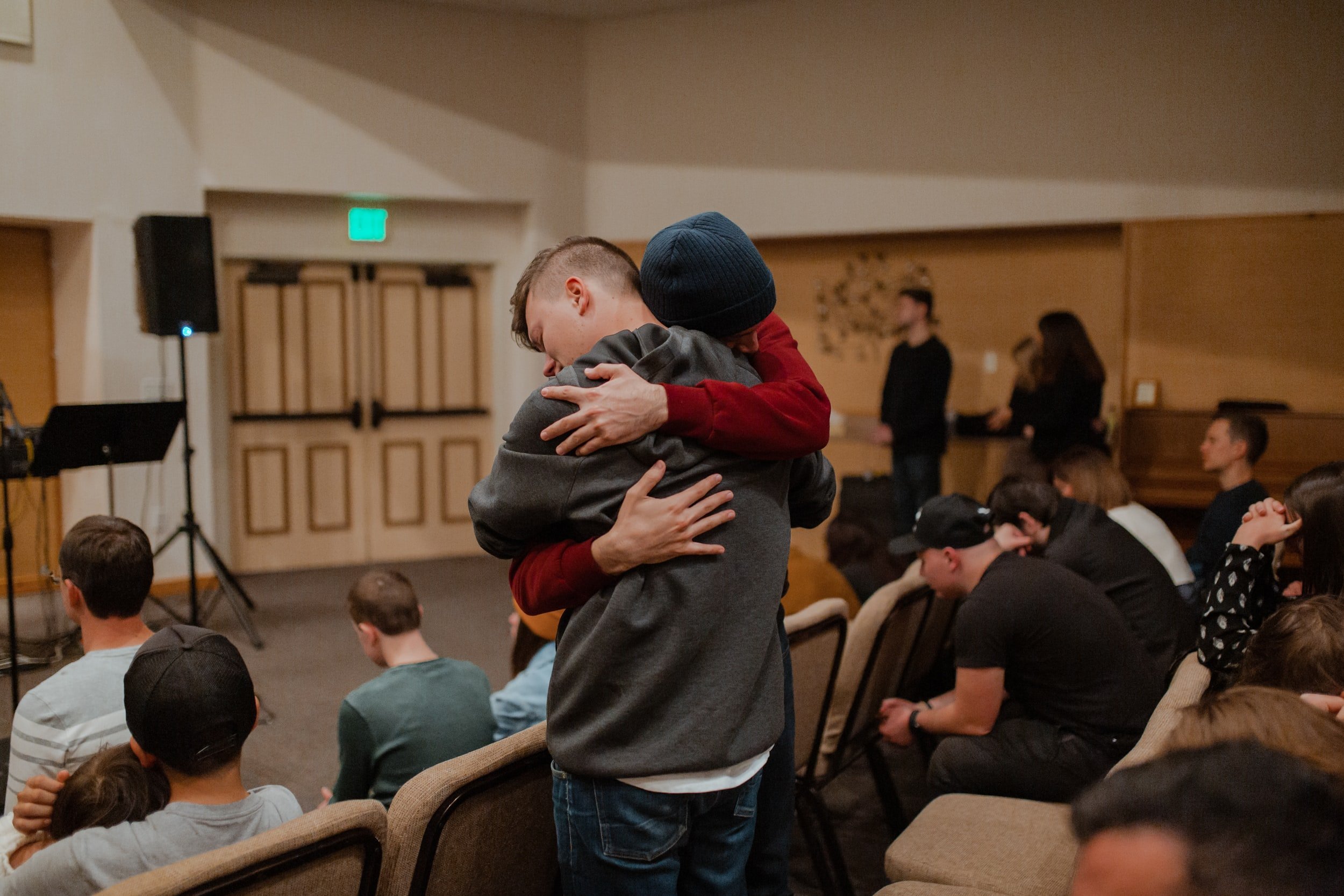When Dramatizing Adolescent Advocacy, Keep It Real
Dear White People begins with the character Sam White on her regular campus radio show, a device at the center of both the 2014 film and the Netflix series by the same name. The series questions whether and how the “post-race” claims from the ivory tower of a fictional Ivy League university translate to on-the-ground student life. Spoiler alert: those claims don’t always prove true to their idealistic word. Race relations at Winchester University remain, in a word, fraught. And a good number of its students are not okay with that.
As a reflection of our current, real-world moment, race is a central issue catalyzing advocacy among the series’ lead characters, but it certainly isn’t the only one. If anything, it’s the search for identity - who am I and how is that defined? - that drives the characters of Dear White People to challenge established systems. Unlike other depictions of adolescent engagement, such as The Hate U Give, which centers on a flashpoint of racial justice uprising, Dear White People focuses on advocacy as a workaday pursuit for its characters. True to life, these social justice storylines are peppered in with the rest of the adolescent experience: love and heartbreak, experimentation and error, friendship and betrayal. And that’s what makes it authentic.
While a search for identity through advocacy tends to be the primary theme in works that explore adolescent engagement, a search for community can be an equally compelling source. In Reservation Dogs, we meet four indigenous youths who are determined to cut ties with the Oklahoma reservation where they were raised, but who inadvertently strengthen those ties over the course of a season. They discover their craved sense of community right where they are and, as co-creator Sterlin Harjo explains, “decide to become vigilantes and clean up the community, but in a funny way.” The teens’ community engagement remains credible throughout every episodic adventure by avoiding sentimental simplicity and embracing how messy, funny, and sometimes painful these connections are. It’s life.
Our research-based takeaways for portrayals of adolescent advocacy:
Depict adolescence engagement in authentic ways. To be compelling, characters must be more than “do-gooders.” Let them seek out engagement organically, and as part of adolescents’ typical exploration of self-identity.
Don’t be afraid to be open-ended. Developing one's identity is complex and ongoing, lasting well into adulthood and one could argue a lifelong process of discovery. Similarly, our communities ebb and flow, while the fight against injustice is unlikely to be resolved anytime soon. Good stories embrace the open-endedness and ambiguity of this process of discovery, leaving open the possibility of new opportunities for growth and for making change.
Make community a character. The link between support for adolescent development and connected communities is proven and strong. Positive, meaningful relationships can be about more than just family and peers. Communities can also be protagonists – full of key players that help young people develop their identities as they become full members of the adult world. Reservation Dogs does this beautifully by connecting its main characters to various community members in hilarious and touching ways.
Comedy yields credibility. Engagement and advocacy can be portrayed as part of developing positive identity—but there’s a fine line between powerful and precious. Humor, especially around shared, everyday adolescent experiences (e.g. early romance) will keep characters relatable when they stand up for their still-evolving beliefs.
Freelancer








